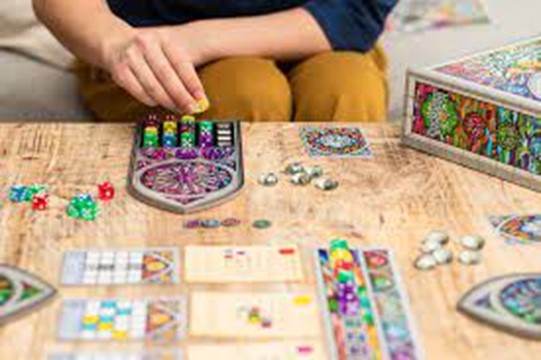The nurse is providing education on tick removal. Which action would be incorrect?
Cleanse the wound with soap and water.
Grasp the tick by the body to remove.
Leave the tick in place and seek emergency medical treatment.
Avoid touching the tick with bare hands.
The Correct Answer is B
The correct answer is choice b. Grasp the tick by the body to remove.
Choice A rationale:
Cleansing the wound with soap and water is a correct action. It helps to prevent infection after the tick has been removed.
Choice B rationale:
Grasping the tick by the body is incorrect. The proper method is to use fine-tipped tweezers to grasp the tick as close to the skin’s surface as possible and pull upward with steady, even pressure. Grasping the tick by the body can cause the mouth-parts to break off and remain in the skin, increasing the risk of infection.
Choice C rationale:
Leaving the tick in place and seeking emergency medical treatment is not recommended. The tick should be removed as soon as possible to reduce the risk of disease transmission.
Choice D rationale:
Avoiding touching the tick with bare hands is correct. Using gloves or tissue to handle the tick helps prevent the transmission of pathogens.
Nursing Test Bank
Naxlex Comprehensive Predictor Exams
Related Questions
Correct Answer is C
Explanation
The correct answer is choice C: Concrete operations stage.
Choice A rationale:
The preoperational stage, which occurs roughly between ages 2 and 7, is characterized by egocentrism, animism, and a lack of conservation. Children in this stage struggle with understanding that quantities can remain the same even if their appearance changes. For instance, they might think that pouring water from a tall glass into a short, wide glass somehow changes the amount of water. This stage does not demonstrate the mental understanding required for the examples given in the question.
Choice B rationale:
The intuitive thought stage, which typically spans from ages 4 to 7, is marked by increased symbolic thinking but still lacks the capacity for logical and systematic reasoning. Children in this stage might be able to count and perform basic arithmetic, but they struggle with more complex operations and understanding the underlying principles of mathematical operations. This stage is not where the ability to understand the given math operations is firmly established.
Choice C rationale:
The concrete operations stage, which encompasses ages 7 to 11, is characterized by the development of logical and systematic thinking. Children in this stage are capable of understanding basic mathematical principles and operations, such as conservation of quantity and simple arithmetic. They can mentally manipulate numbers and understand that reversing an operation will yield the original quantity. Therefore, this stage is when the ability to understand that 1 + 3 = 4 and 4 - 3 = 1 occurs.
Choice D rationale:
The formal operations stage, typically beginning around age 11, is characterized by abstract and hypothetical thinking. This is when adolescents and adults can engage in complex reasoning and consider multiple possibilities and outcomes. The given math operations are not the focus of this stage; rather, it pertains to more advanced cognitive abilities like hypothetical problem-solving and deductive reasoning.
Correct Answer is D
Explanation
The correct answer is choice E. Board games.
Choice A rationale:
Computer games might not be the best choice for a child with osteomyelitis. These games involve prolonged screen time and limited physical movement, which could potentially hinder the child's recovery.
Choice B rationale:
Paper and paints involve a level of physical activity that might not be suitable for a child with osteomyelitis. The child's movement might be restricted due to the condition, and activities that require fine motor skills might not be comfortable for them.
Choice C rationale:
Jack-in-the-box involves sudden surprises and might startle the child, which could be detrimental to their recovery. Children with osteomyelitis might be dealing with pain and discomfort, so it's important to avoid activities that could cause unnecessary distress.
Choice D rationale:
Stuffed animals might be a comforting option for the child. However, the child might also experience pain or discomfort when handling stuffed animals due to their condition. It's better to choose activities that don't involve physical contact that could potentially exacerbate the child's symptoms.
Choice E rationale:
Board games are a suitable choice for a child with osteomyelitis. They provide mental stimulation and entertainment without requiring excessive physical activity. Board games also promote social interaction if played with others, which is important for the child's emotional well-being during their hospital stay.

Whether you are a student looking to ace your exams or a practicing nurse seeking to enhance your expertise , our nursing education contents will empower you with the confidence and competence to make a difference in the lives of patients and become a respected leader in the healthcare field.
Visit Naxlex, invest in your future and unlock endless possibilities with our unparalleled nursing education contents today
Report Wrong Answer on the Current Question
Do you disagree with the answer? If yes, what is your expected answer? Explain.
Kindly be descriptive with the issue you are facing.
